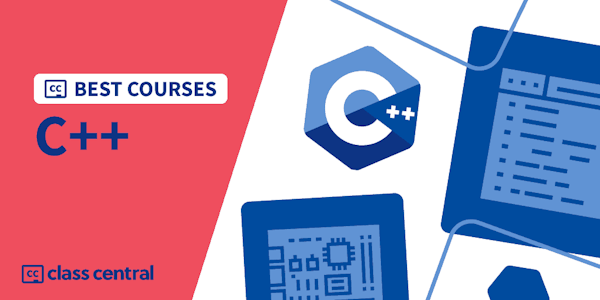Overview
Embark on a comprehensive journey into GPU computing with this introductory lecture on CUDA programming for physicists. Delve into the world of parallel computing and learn how Graphical Processing Units (GPUs) can significantly accelerate numerical computations in physics. Explore the architecture of GPUs, including their computing units, memory structure, and interaction with host computers. Discover the types of tasks that are particularly well-suited for GPU processing. Master essential CUDA programming concepts, including memory operations, data transfer between host and device, and the utilization of GPU shared memory. Gain hands-on experience in writing CUDA kernels and managing streams for efficient task synchronization. Learn techniques for implementing reduction operations on GPUs and familiarize yourself with powerful CUDA libraries such as cuFFT, cuBLAS, cuSPARSE, and cuRAND. This two-hour lecture serves as the first installment in a four-part series, providing a solid foundation for physicists looking to harness the power of GPU computing in their research and simulations.
Syllabus
François Gelis (2024) Introduction to CUDA programming for physicists #1
Taught by
IPhT-TV

